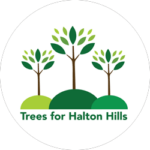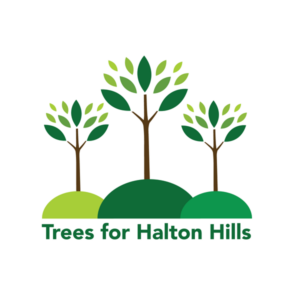

THE SUPER POWERS OF TREES
Ten Amazing Powers
Click on each tile below for a description
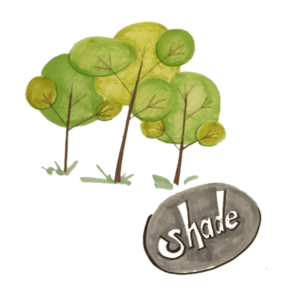
SHADE
Trees make us more comfortable by providing shade and emitting oxygen, trees reduce temperatures and enhance the air quality around our homes and on our streets. They mitigate pollutants such as carbon dioxide and particulates.

WATER ABSORPTION
Mature trees also help us adapt to the impact of climate change by moderating the effects of wetter, warmer and wilder weather. Trees allow the soil to absorb excess water. Their roots hold the soil in place and prevent wash outs and loss of valuable top soil. Flood damage is reduced when the soil is able to capture water where it falls.

FOOD
Fruits and nuts from trees have great nutritional value to keep you healthy. They also provide food for wildlife too!

WIND BREAK
Trees provide a windbreak. Windbreaks are rows of trees or shrubs that reduce the force of the wind. They can reduce soil erosion, increase crop yields and protect livestock from heat and cold. Windbreaks can shield buildings and roads from drifting snow. They beautify the landscape and provide travel routes and habitat for wildlife.

BEAUTIFICATION
Trees in urban environments beautify our landscapes – around our homes, along our streets, in our parks and surrounding business and industrial buildings.
Attractive, tree-filled landscapes improve human health in cities. They reduce blood pressure and improve emotional and psychological health.

CARBON SINK
Trees play an essential role in capturing the carbon that is so damaging to our climate. Through the process of photosynthesis, trees absorb carbon dioxide and store it. A mature tree is thought to capture up to 50 pounds of CO2 every year, thus mitigating impacts from this dangerous gas.
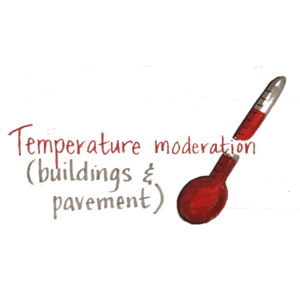
TEMPERATURE MODIFICATION
Trees help cool down hot city surfaces and lower the risk of heat stroke. In one study, areas with tree cover of 5% or higher had an 80% reduction in heat-related ambulance calls. Trees shade buildings, lowering cooling costs in the summer. On a hot day, a home that is 50% shaded by dense trees uses 14% less energy than one in the full sun.

BIODIVERSITY
Trees are essential components of a healthy ecosystem, and without them, our world would quickly collapse. From providing food, shelter and nesting places for insects, birds and mammals to enhancing the soil with their leaves and decaying limbs, trees figure prominently in the circle of life on our planet.
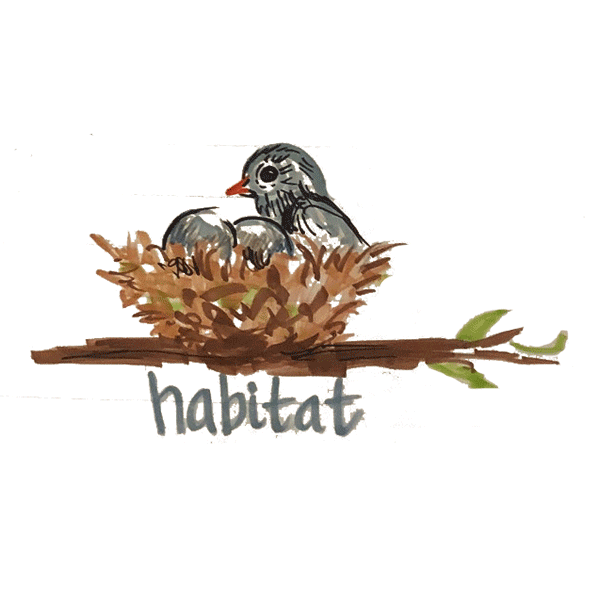
HABITAT
Trees provide protection and habitats for insects, birds and mammals.

COMMUNITY EMPOWERMENT
Trees support social connection. Studies found that residential common areas with trees and other greenery support stronger feelings of community. People who live in areas with high levels of greenery are much more likely to be physically active.

